April 18th is a very significant date in aviation history. There is a lot to cover so stay with us…
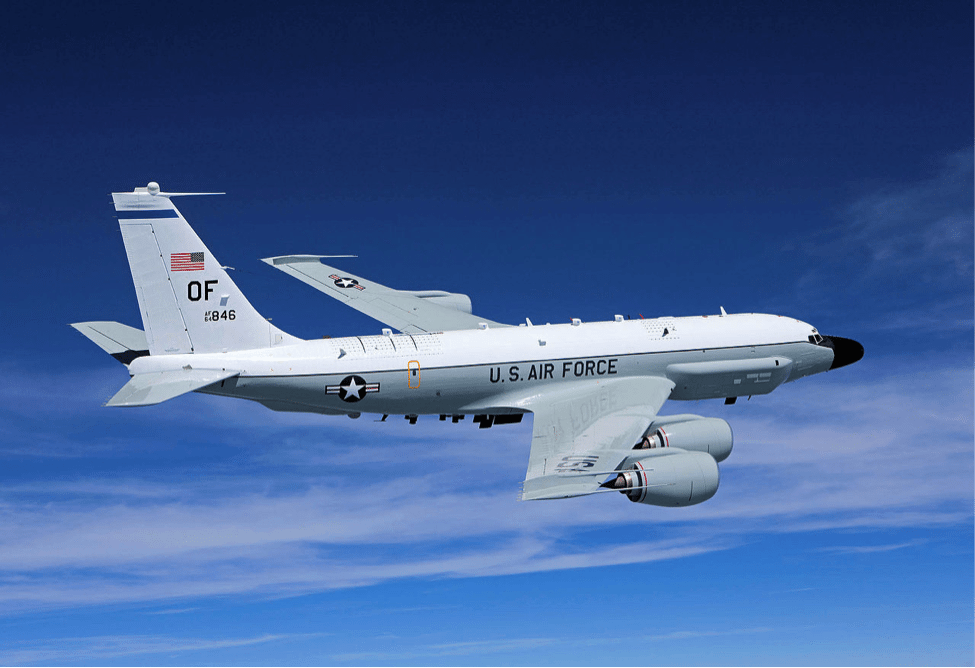 In 1917, William Edward Boeing renamed his Pacific Aero Products company, calling it The Boeing Airplane Company. Boeing’s company would go on to design and build some of the most important military and civilian aircraft the world has ever known. Think of a world without the Boeing Stearman trainer, B-17 Flying Fortress, the B-29 Superfortress, the B-52 Stratofortress, the CH-46 Sea Knight or the CH-47 Chinook, the C-135 / KC-135 series of military transports, electronic warfare aircraft, and tankers, the C-17 Globemaster III, and many more…or the 707, 727, 737, 747, 757, 767, 777…you get the point.
In 1917, William Edward Boeing renamed his Pacific Aero Products company, calling it The Boeing Airplane Company. Boeing’s company would go on to design and build some of the most important military and civilian aircraft the world has ever known. Think of a world without the Boeing Stearman trainer, B-17 Flying Fortress, the B-29 Superfortress, the B-52 Stratofortress, the CH-46 Sea Knight or the CH-47 Chinook, the C-135 / KC-135 series of military transports, electronic warfare aircraft, and tankers, the C-17 Globemaster III, and many more…or the 707, 727, 737, 747, 757, 767, 777…you get the point.
[youtube id=”p9gAcqGLcQ4″ width=”800″ height=”454″ position=”left”]
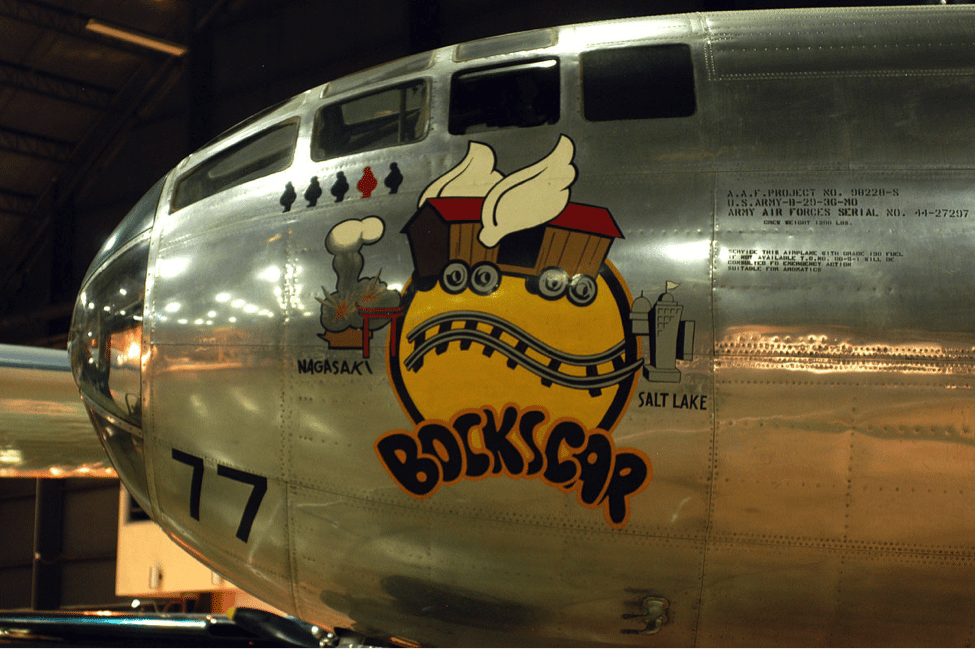 In 1918, Frederick Bock was born. US Army Air Forces (USAAF) Captain Frederick Bock would later command the B-29 Superfortress bomber “The Great Artiste” on August 9th 1945. Major Charles Sweeney commanded Bock’s usual aircraft, “Bock’s Car”, Air Force serial number 44-27297, which dropped the second atomic bomb on Nagasaki that day in 1945. “Bock’s Car” is now displayed at the National Museum of the US Air Force. Few are aware just how close the mission came to failure at several points along the way.
In 1918, Frederick Bock was born. US Army Air Forces (USAAF) Captain Frederick Bock would later command the B-29 Superfortress bomber “The Great Artiste” on August 9th 1945. Major Charles Sweeney commanded Bock’s usual aircraft, “Bock’s Car”, Air Force serial number 44-27297, which dropped the second atomic bomb on Nagasaki that day in 1945. “Bock’s Car” is now displayed at the National Museum of the US Air Force. Few are aware just how close the mission came to failure at several points along the way.
[youtube id=”qGzta8n9zIk” width=”800″ height=”454″ position=”left”]
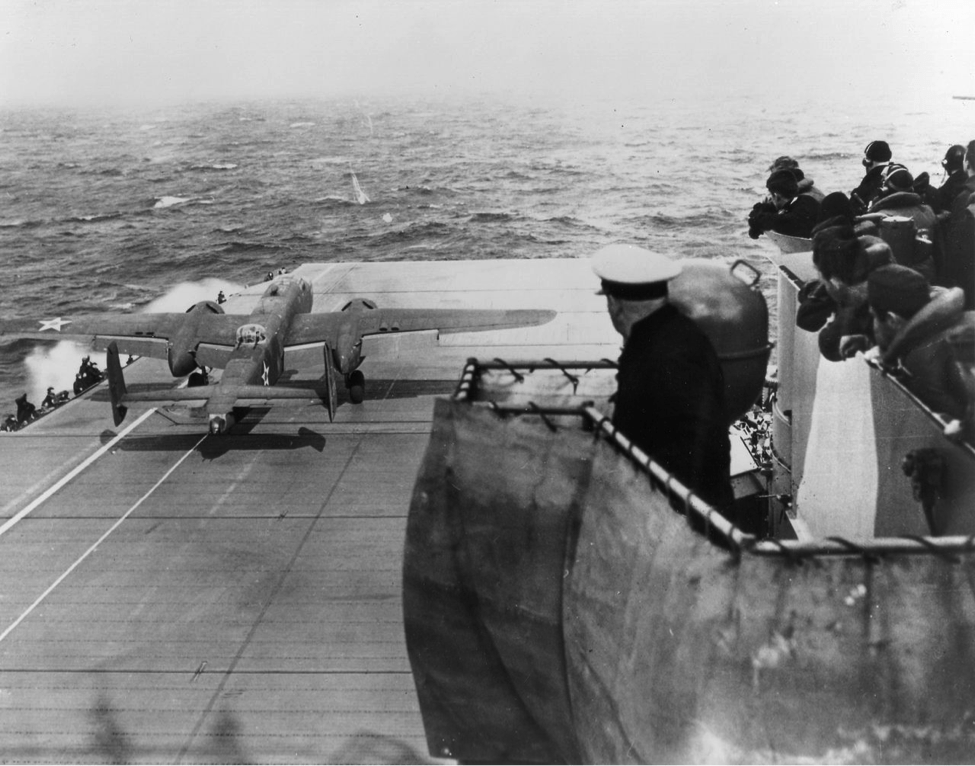 Also in 1942, Colonel James Doolittle launched first from the storm-lashed deck of the aircraft carrier USS Hornet (CV-8) in company with 15 other B-25B Mitchell bombers to attack the Japanese home islands for the first time. Detected by Japanese picket boats while still more than 200 miles from their intended launch point, Doolittle and the captain of the Hornet (Marc Mitscher) decided to launch the raiders immediately after the task force was discovered. You know the rest of the story. Today is the 75th anniversary of the Doolittle Tokyo raid. The last living participant, Doolittle’s co-pilot Richard Cole, is being honored by the Air Force as you read this.
Also in 1942, Colonel James Doolittle launched first from the storm-lashed deck of the aircraft carrier USS Hornet (CV-8) in company with 15 other B-25B Mitchell bombers to attack the Japanese home islands for the first time. Detected by Japanese picket boats while still more than 200 miles from their intended launch point, Doolittle and the captain of the Hornet (Marc Mitscher) decided to launch the raiders immediately after the task force was discovered. You know the rest of the story. Today is the 75th anniversary of the Doolittle Tokyo raid. The last living participant, Doolittle’s co-pilot Richard Cole, is being honored by the Air Force as you read this.
[youtube id=”J9sWwJSm96E” width=”800″ height=”454″ position=”left”]
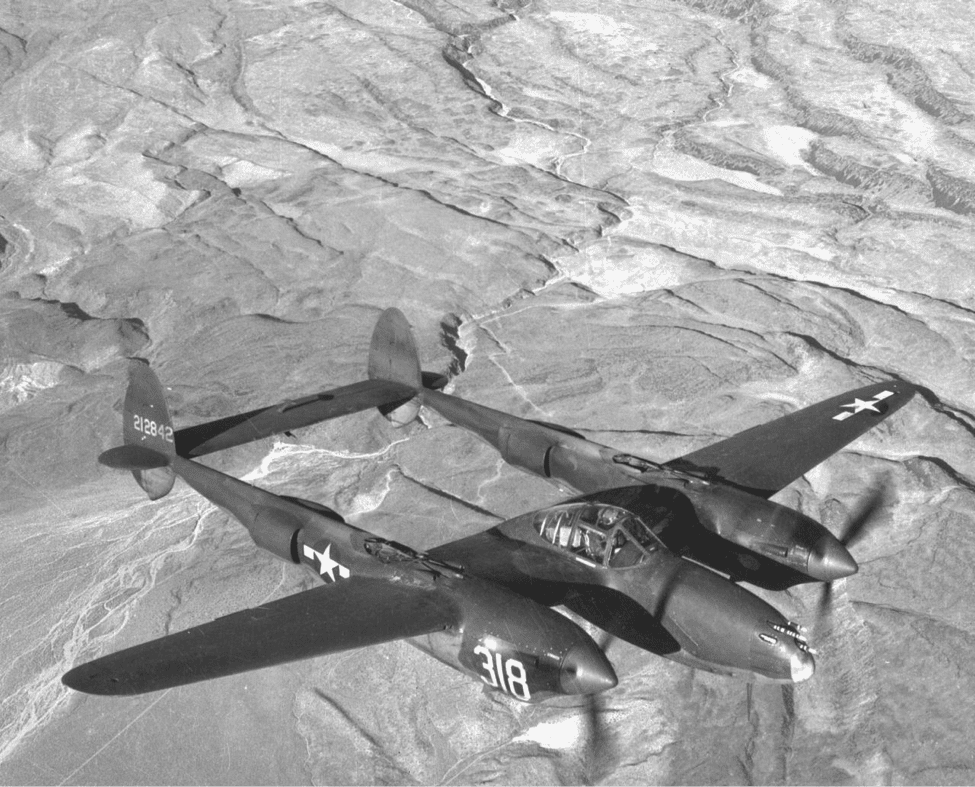 A year to the day later, in 1943, United States Army Air Forces (USAAF) pilots flying P-38G Lightnings executed Operation Vengeance, the interception and destruction of the Mitsubishi G4M Betty bomber carrying Japanese Admiral Isoroku Yamamoto over Bougainville in the Solomons Islands. Yamamoto had planned the Japanese attacks on Pearl Harbor and many of the other initial Japanese offensives of the war. The P-38G pilots were from the 339th Fighter Squadron of the 347th Fighter Group. Controversy over the identity of the pilot who actually shot Yamamoto’s plane down persisted for many years after the mission was completed.
A year to the day later, in 1943, United States Army Air Forces (USAAF) pilots flying P-38G Lightnings executed Operation Vengeance, the interception and destruction of the Mitsubishi G4M Betty bomber carrying Japanese Admiral Isoroku Yamamoto over Bougainville in the Solomons Islands. Yamamoto had planned the Japanese attacks on Pearl Harbor and many of the other initial Japanese offensives of the war. The P-38G pilots were from the 339th Fighter Squadron of the 347th Fighter Group. Controversy over the identity of the pilot who actually shot Yamamoto’s plane down persisted for many years after the mission was completed.
[youtube id=”fKvJgFldgGA” width=”800″ height=”454″ position=”left”]
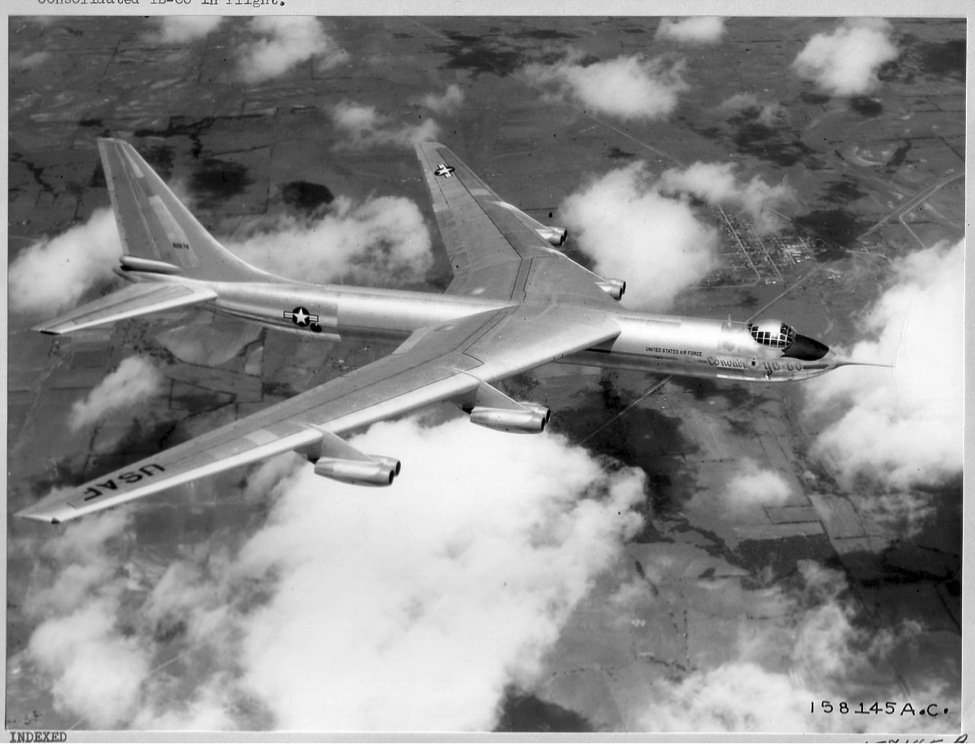 In 1952, the Convair YB-60, a converted B-36F Peacemaker with swept wings, tail stabilizers, and eight Pratt & Whitney J57 turbojet engines mounted paired in four pods, flew for the first time. Intended to compete for a United States Air Force (USAF) contract against the Boeing B-52 Stratofortress, the YB-60 was less expensive but also far less capable than the Boeing design. The YB-60 was the largest jet powered bomber ever built.
In 1952, the Convair YB-60, a converted B-36F Peacemaker with swept wings, tail stabilizers, and eight Pratt & Whitney J57 turbojet engines mounted paired in four pods, flew for the first time. Intended to compete for a United States Air Force (USAF) contract against the Boeing B-52 Stratofortress, the YB-60 was less expensive but also far less capable than the Boeing design. The YB-60 was the largest jet powered bomber ever built.
[youtube id=”fFWH8aaQkmk” width=”800″ height=”454″ position=”left”]
 In 1957, three Boeing B-52B Stratofortresses from the USAF 93rd Bombardment Wing completed the first circumnavigation of the world in 45 hours and 19 minutes for Operation Power Flight. Having been in service with Strategic Air Command (SAC) for only a few months at the time of the record-setting flight, the B-52 was doing things that no other jet-powered bomber in the world could do, and ensuring that the entire world knew it. That was on component of deterrence.
In 1957, three Boeing B-52B Stratofortresses from the USAF 93rd Bombardment Wing completed the first circumnavigation of the world in 45 hours and 19 minutes for Operation Power Flight. Having been in service with Strategic Air Command (SAC) for only a few months at the time of the record-setting flight, the B-52 was doing things that no other jet-powered bomber in the world could do, and ensuring that the entire world knew it. That was on component of deterrence.
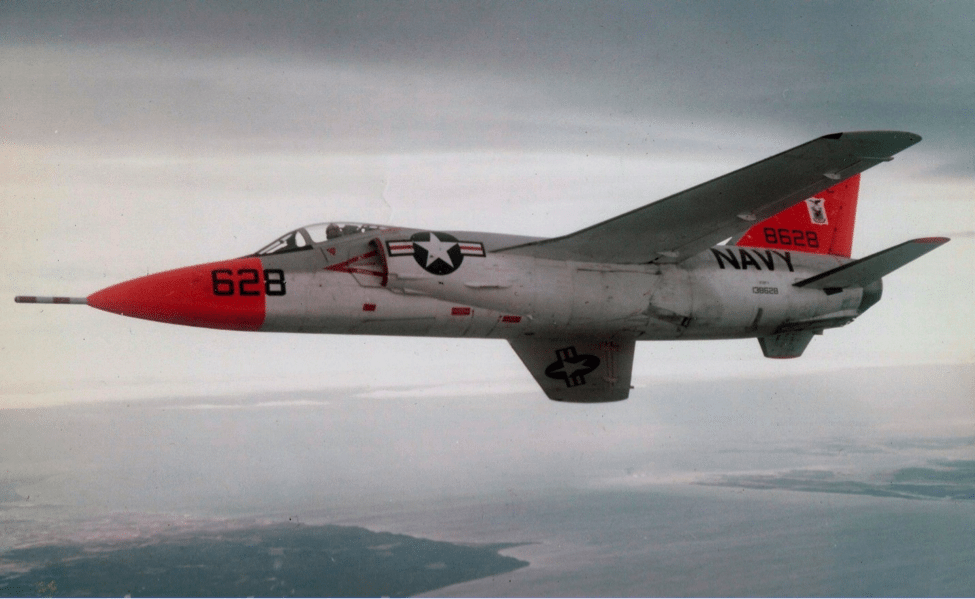 In 1958, a Grumman F11F-1 Tiger, piloted by US Navy Lieutenant Commander George Watkins, rose from Edwards Air Force Base in California to a new world altitude record of 76,933 feet. The Tiger was the first Grumman fighter that was capable of supersonic speeds in level flight. It was handicapped by the available engine technology when it was introduced and, in a word, timing. The Tiger was competing against the Vought F-8 Crusader and the McDonnell F-4 Phantom II.
In 1958, a Grumman F11F-1 Tiger, piloted by US Navy Lieutenant Commander George Watkins, rose from Edwards Air Force Base in California to a new world altitude record of 76,933 feet. The Tiger was the first Grumman fighter that was capable of supersonic speeds in level flight. It was handicapped by the available engine technology when it was introduced and, in a word, timing. The Tiger was competing against the Vought F-8 Crusader and the McDonnell F-4 Phantom II.
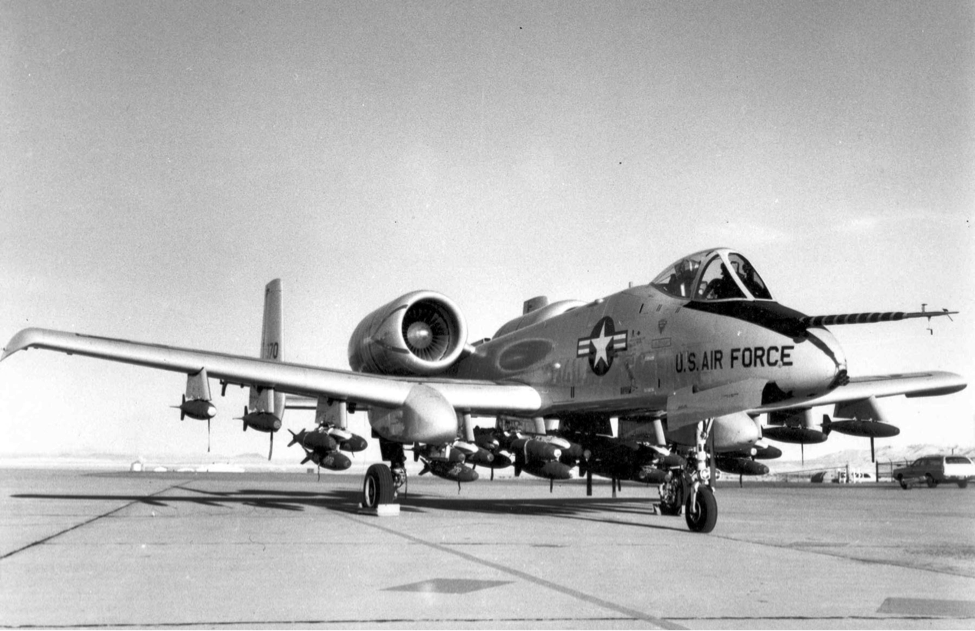 In 1973, the USAF announced that the Fairchild (Republic) YA-10 had won the A-X fly-off against the Northrop YA-9. The competition started with a USAF request for proposal (RFP) in May of 1970 for a low-cost, survivable airframe to be used primarily for ground attack. We all know how that one turned out. Like the B-52, there is no suitable replacement for the A-10 Thunderbolt II.
In 1973, the USAF announced that the Fairchild (Republic) YA-10 had won the A-X fly-off against the Northrop YA-9. The competition started with a USAF request for proposal (RFP) in May of 1970 for a low-cost, survivable airframe to be used primarily for ground attack. We all know how that one turned out. Like the B-52, there is no suitable replacement for the A-10 Thunderbolt II.
[youtube id=”qRsor-m9CB4″ width=”800″ height=”454″ position=”left”]
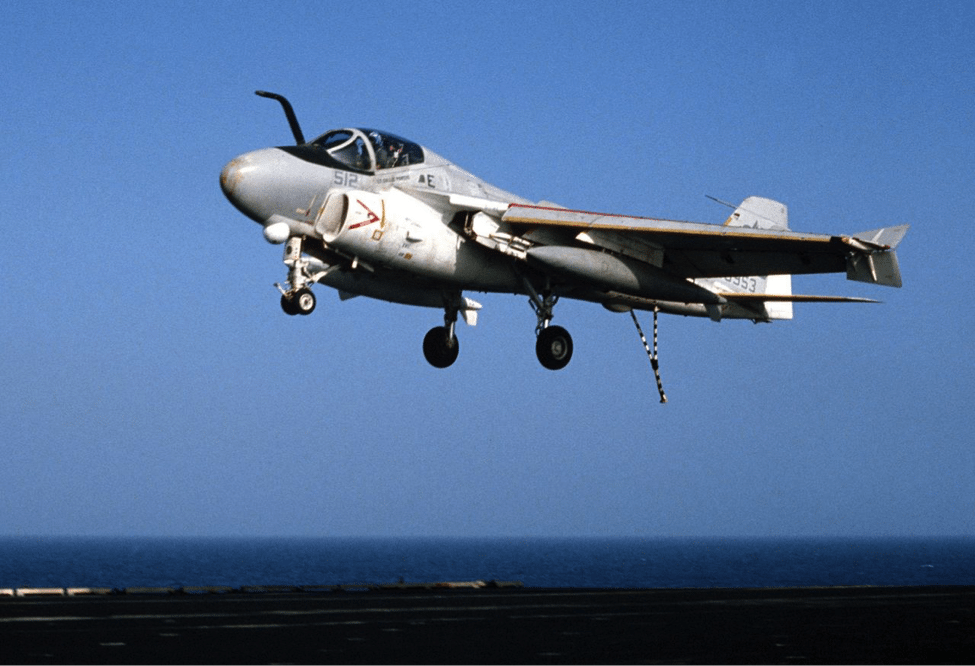 In 1988, as part of what was called the “Tanker War”, the US Navy took retaliatory action against Iranian Naval forces and facilities in the Persian Gulf as part of Operation Praying Mantis. An Iranian mine had heavily damaged the Navy Guided Missile Frigate USS Samuel B Roberts (FFG-58). VA-95 Green Lizards A-6E Intruders from the aircraft carrier USS Enterprise (CVN-65) sank or damaged several Iranian Navy ships and small craft. Other naval aircraft attacked Iranian targets supporting mining operations in the Gulf.
In 1988, as part of what was called the “Tanker War”, the US Navy took retaliatory action against Iranian Naval forces and facilities in the Persian Gulf as part of Operation Praying Mantis. An Iranian mine had heavily damaged the Navy Guided Missile Frigate USS Samuel B Roberts (FFG-58). VA-95 Green Lizards A-6E Intruders from the aircraft carrier USS Enterprise (CVN-65) sank or damaged several Iranian Navy ships and small craft. Other naval aircraft attacked Iranian targets supporting mining operations in the Gulf.
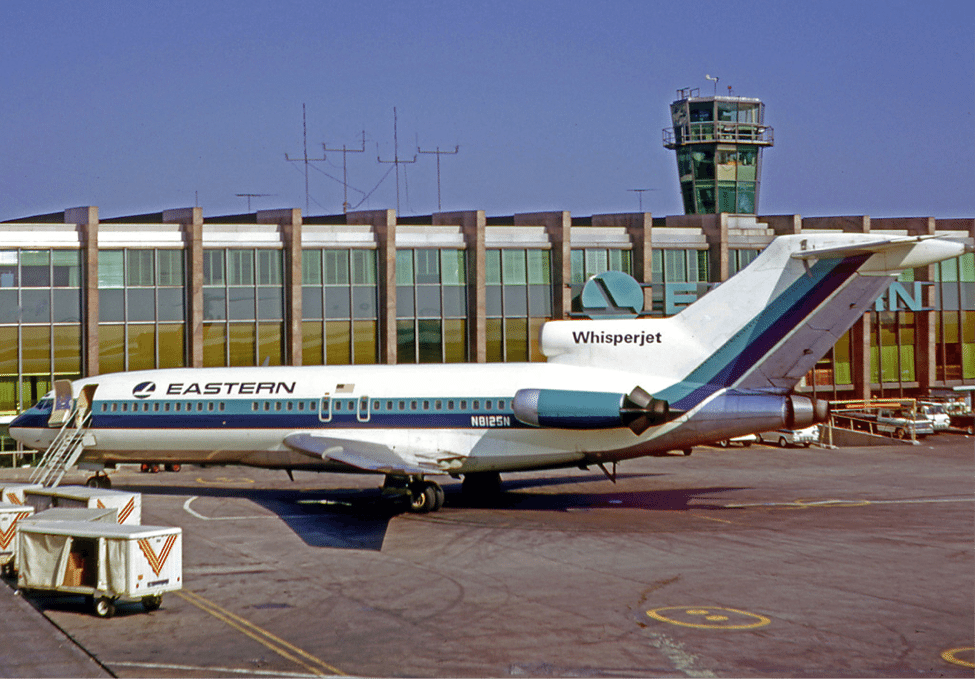 In 1991 Eastern Airlines was dissolved after 64 years in operation. Eastern was the first airline to fly the Boeing 727 and 757 passenger airliners, and the first US carrier to fly the Airbus A300. In 1938 World War I flying ace Eddie Rickenbacker bought Eastern from General Motors and quickly grew it into the most profitable airline in the country. I n 2011 Eastern was reborn as a charter airline.
In 1991 Eastern Airlines was dissolved after 64 years in operation. Eastern was the first airline to fly the Boeing 727 and 757 passenger airliners, and the first US carrier to fly the Airbus A300. In 1938 World War I flying ace Eddie Rickenbacker bought Eastern from General Motors and quickly grew it into the most profitable airline in the country. I n 2011 Eastern was reborn as a charter airline.
[youtube id=”Q-1-rEtxl5E” width=”800″ height=”454″ position=”left”]
